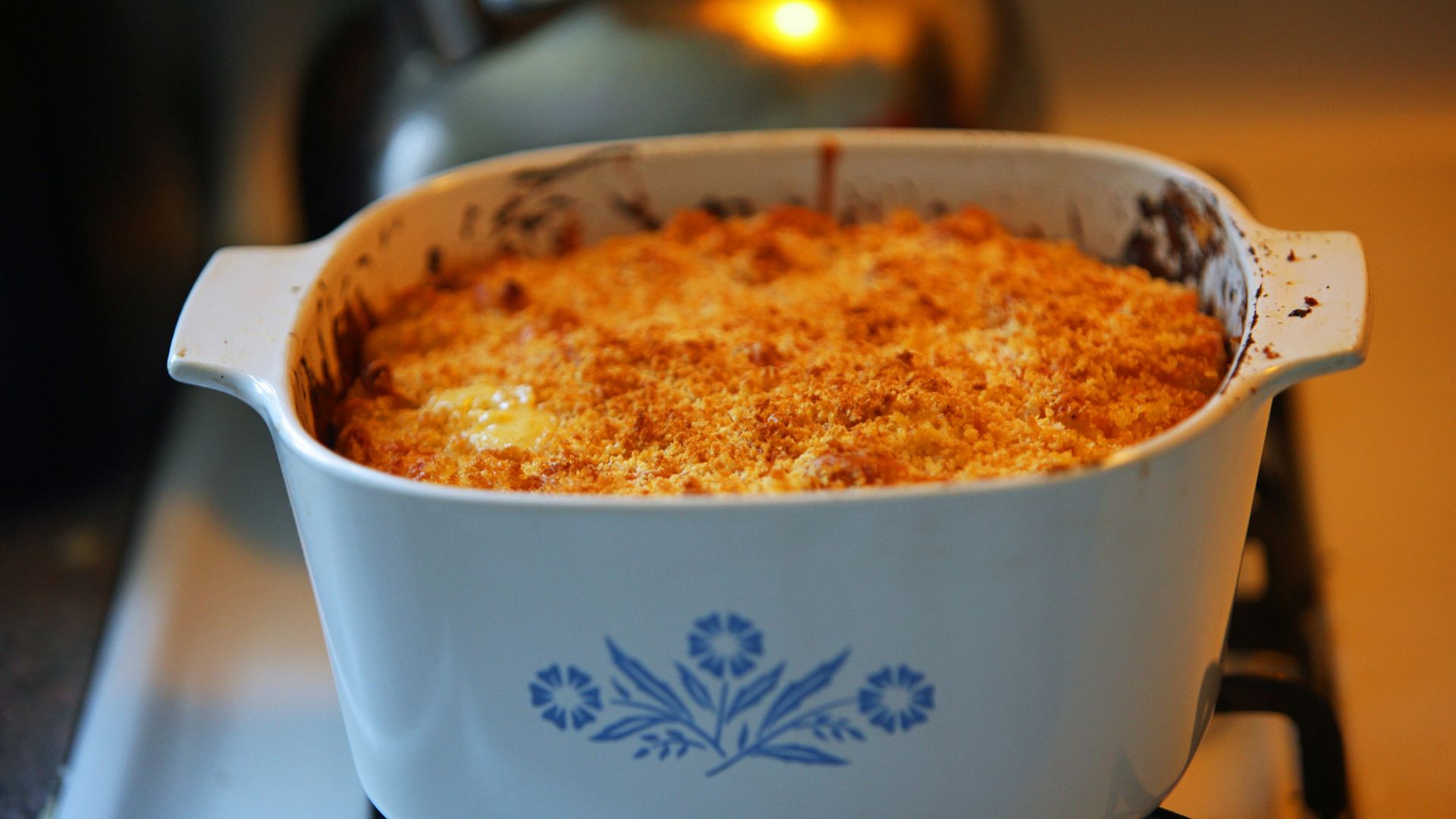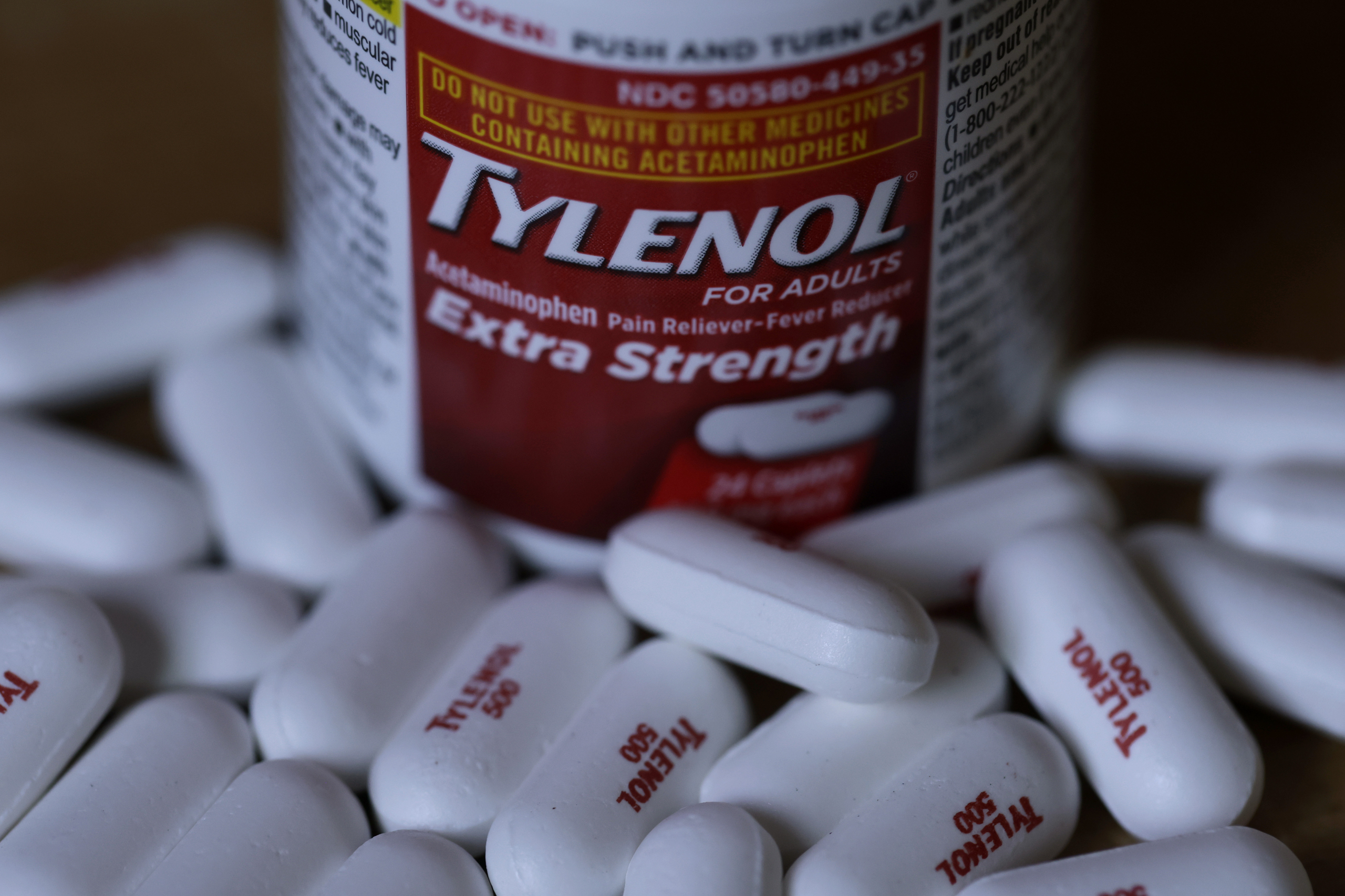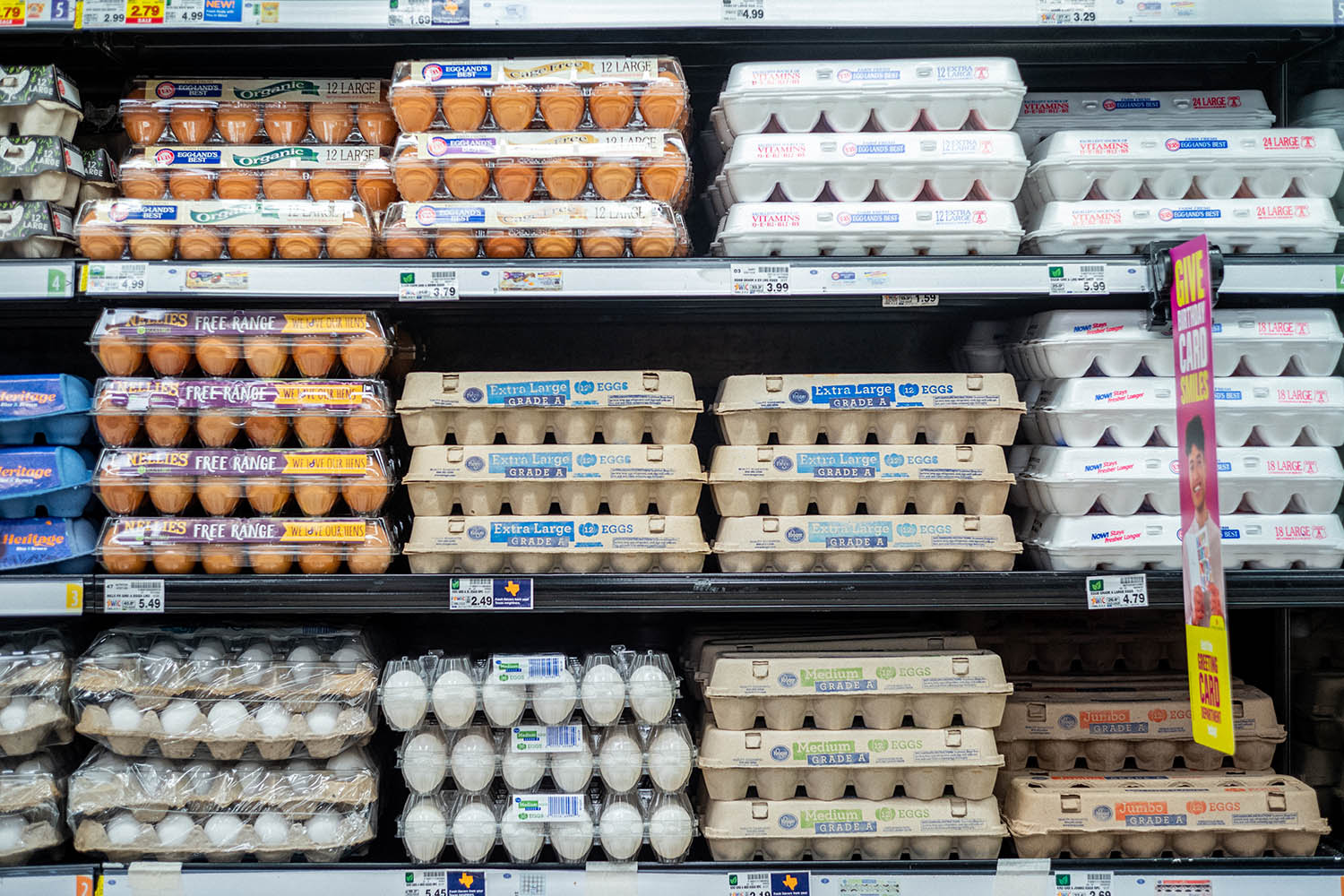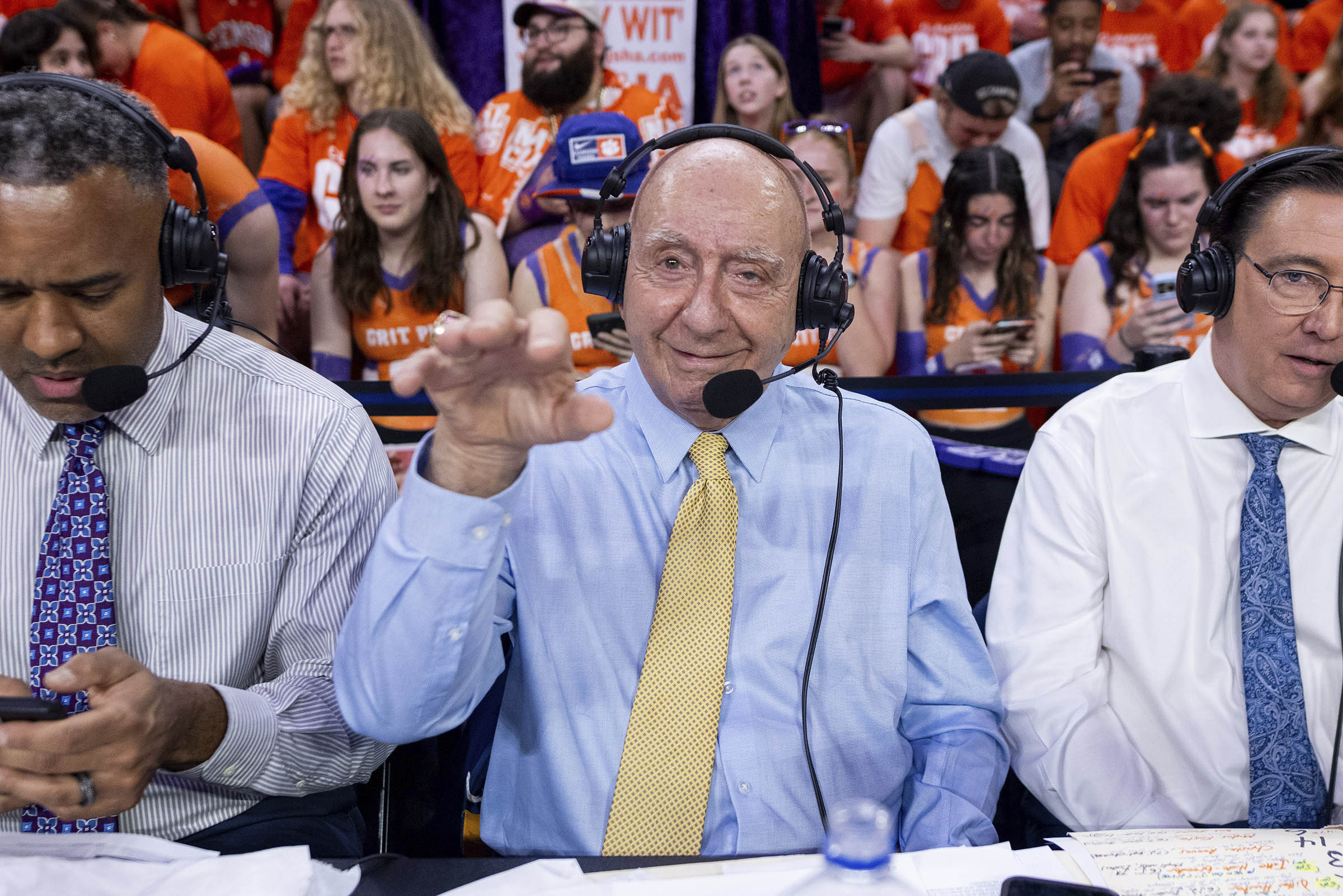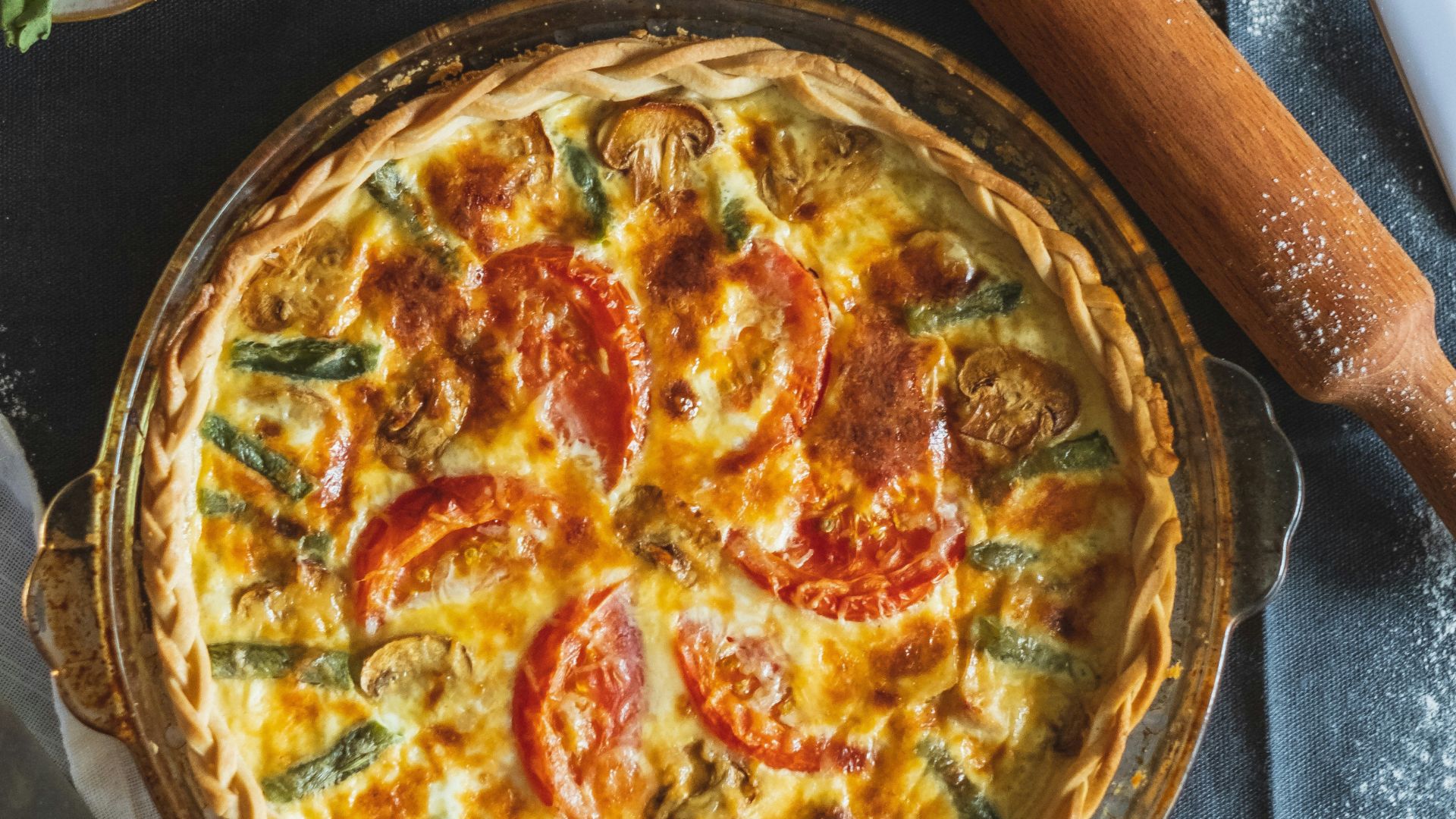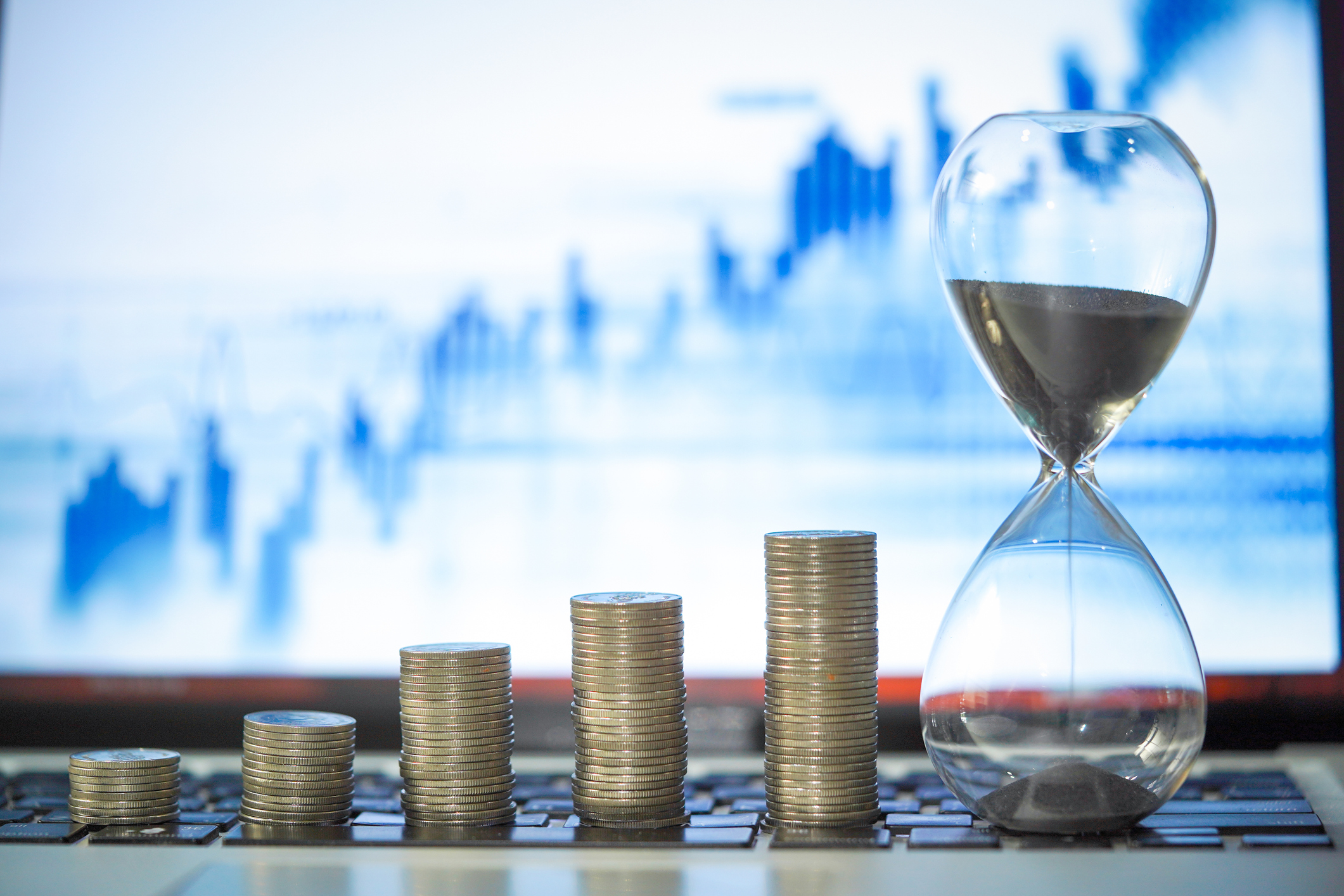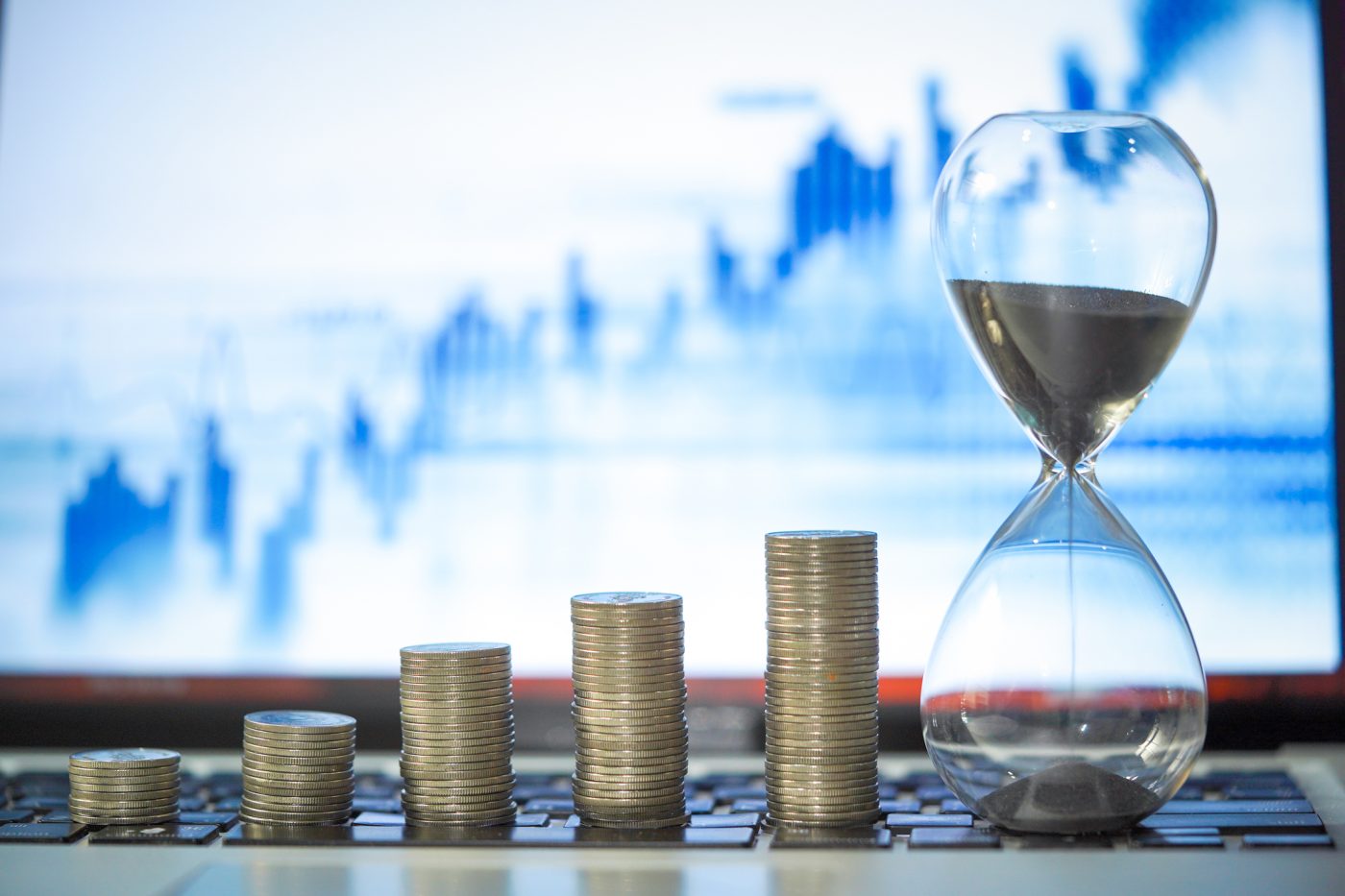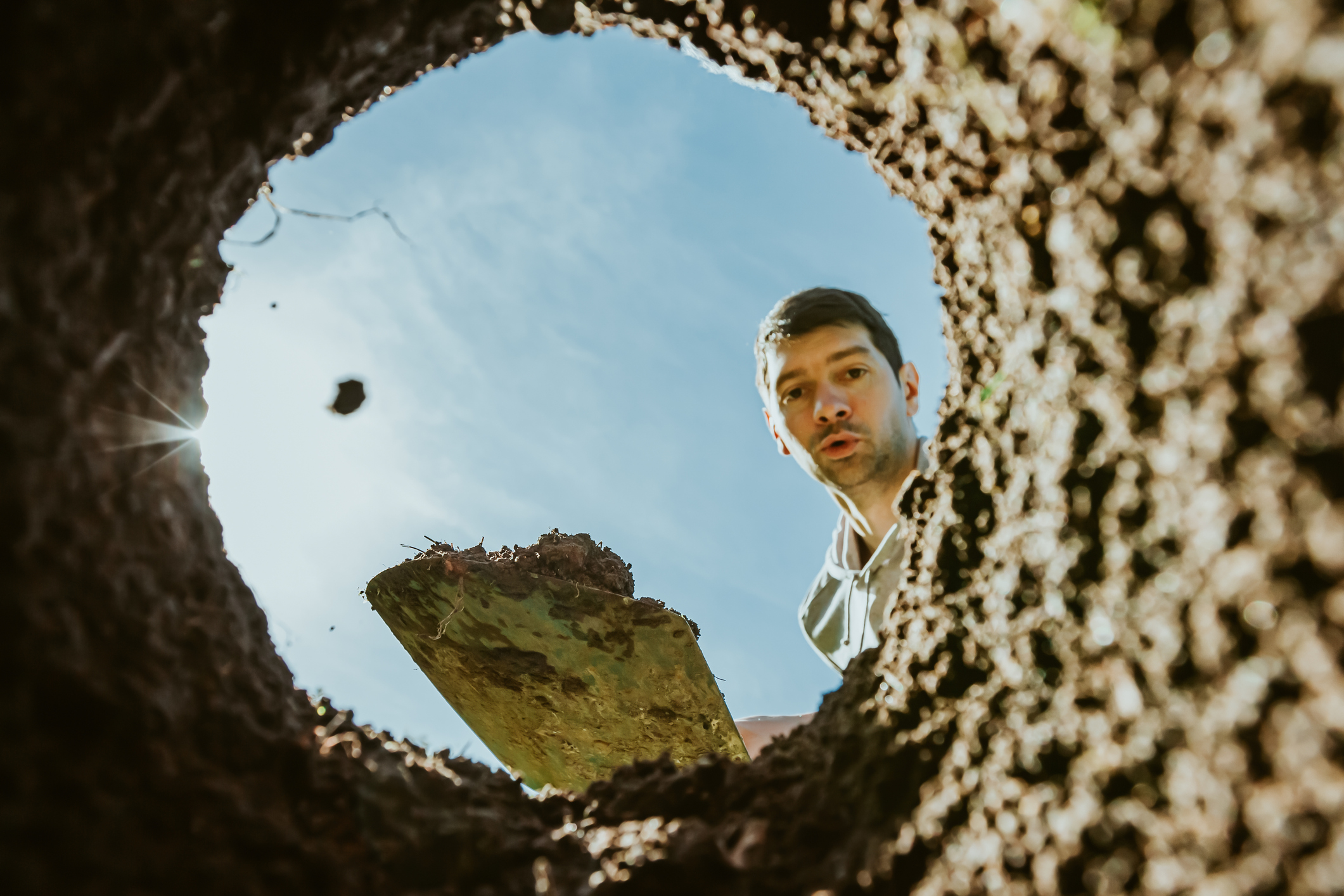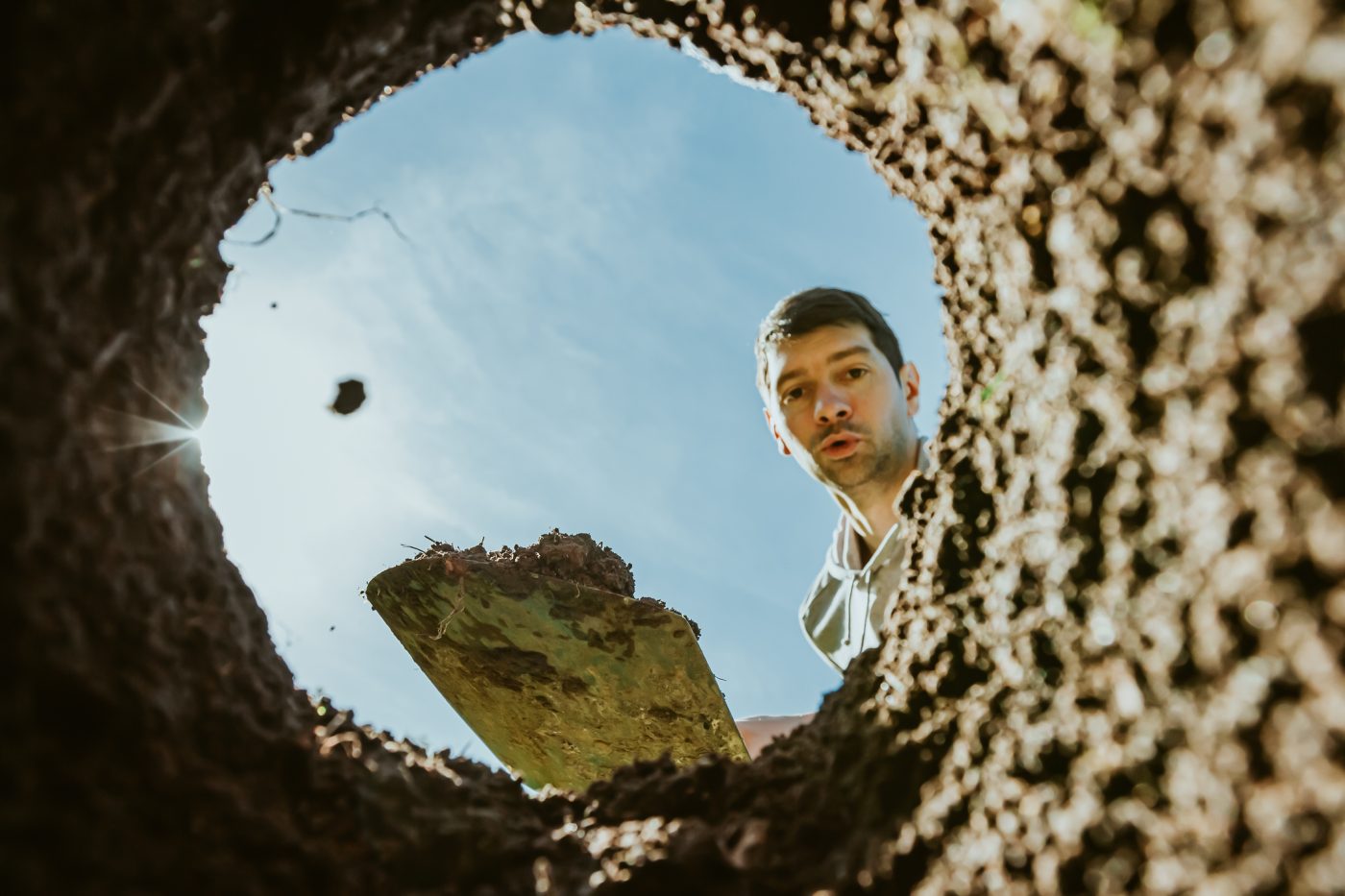By AARON BEARD AP Basketball Writer
The college basketball season has arrived, and broadcasting great Dick Vitale has taken a long journey to again meet the sport at its starting line.
Surgeries, radiation treatments and chemotherapy amid a cancer fight kept him off the airwaves for two years until his return shortly before March Madness. But on Tuesday, the 86-year-old Basketball Hall of Famer will call a marquee opener between No. 6 Duke and Texas in a new event named in his honor.
His fight to get here — armed with a contract through the 2027-28 season — has forced Vitale to change routines to best ensure his health. That includes learning to say “no” more often and talking less on the day of a game, all antithetical to Vitale’s full-blast persona.
Yet there’s no dampening the familiar zeal in everything he does, from breaking down a pick-and-roll or defensive rotation to raising money for pediatric cancer research. And as he inches closer to five decades with ESPN going back to its 1979 launch, he looks at being courtside as “like medicine, man.”
“I’ve been lucky,” Vitale said in an interview with The Associated Press. “I’m 86 years old. And to be going on TV and go on after four cancer battles, I’m pinching myself. I really do. I mean, I find it amazing to be honest with you.”
Impacting the sport
Tuesday’s Duke-Texas game in Charlotte, North Carolina, is officially designated as the Dick Vitale Invitational. ESPN Events announced it in June as a tribute to the man whose exuberant style and enthusiastic catchphrases — Diaper Dandies! Better get a TO, baby! — have been a fixture in the sport, all the way back to him calling the network’s first college basketball broadcast.
“I’ve had critics over the years: obviously ‘he talks too much, he’s loud,'” he said. “You laugh about that because you can’t please everybody, you just can’t. But the one thing nobody’s ever criticized me about — ever — in 46 years: he wasn’t prepared. I believe in that so much.
“You know, people are entitled to opinions. People don’t all love you. But I try to do things the right way, I really do.”
Longhorns coach Sean Miller remembered being a high school player from Pennsylvania when Vitale worked one of his all-star games at the famed Dapper Dan Roundball Classic. He recalled the thrill of “what it feels like to have him say your name and talk about the game you’re in.”
Now, pushing 40 years later, Vitale will work Miller’s Texas debut.
“His passion for college basketball, his knowledge, he made the game better and certainly impacted coaches, players and teams,” Miller said. “I think he really created excitement with the fan base around the world to point them toward college basketball.
“The impact is immense. I look at him as a Hall of Famer. I’m honored, and I think we are honored as a program to be a part of this game.”
An open journey
Vitale’s fight started in 2021 with melanoma, followed by treatments for lymphoma. There were also chemotherapy treatments, radiation for vocal-cord cancer and surgery by summer 2024 to remove cancerous lymph nodes from his neck.
He has shared candid updates about his fight on social media and in interviews. That has included about how he felt “trapped” not being able to speak after the vocal-cord surgery, leaving him to scribble eraser-board messages to communicate. Or describing how much it helped getting support from family and friends, including from ESPN and network Chairman James Pitaro, he described as “my second family.”
And Vitale frequently uses his own story to shine a spotlight on others facing similar battles.
Vitale announced he was cancer-free in December and said recent scans continue offering good news, though he acknowledged the inherent anxiety that comes with living “scan to scan.” He returned to the airwaves in February, then became emotional during the Atlantic Coast Conference Tournament in March when telling colleagues live that it felt “like a miracle to sit here with you guys.”
Longtime ESPN basketball analyst Jay Bilas said Vitale deserves credit for how he handled “all that’s been thrown at him.”
“He’s been kind enough to be transparent and bring us all along on this difficult and inspiring journey that he’s been handling,” said Bilas, who will work alongside Vitale on Tuesday.
“But it’s been heartwarming that he’s confirmed for us that nobody goes through this alone. So it’ll be great to not only see him, but see him doing what he’s spent so much of his life doing, and experiencing what we all feel about him.”
New tweaks, same enthusiasm
Still, changes await.
He’s having to work on doing less in terms of podcasts, radio appearances or interviews to reduce the strain on his vocal cords, noting “I used to say yes to everybody.” He’ll be selective with how many games he takes on. He also expects to work in three-person broadcasting crews, rather than two, since it would require him to talk less.
And on game days, he’ll try to minimize how much he talks at all compared to days of going to shootarounds and gabbing with media colleagues.
Still, at least one thing won’t change: his “No. 1 obsession” to raise money for pediatric cancer research. The V Foundation announced earlier this year that the annual gala in Vitale’s name had raised more than $105 million in its 20-year history. And even in a brief AP interview, Vitale repeatedly went back to that topic — excitedly promoting the current V Foundation $100-per-chance raffle to win a 2026 BMW Z4 convertible at http://v.org/vitaleraffle and http://dickvitale.com.
That and his gratitude to be working Tuesday, calling his namesake event at the start of another season.
“It really moved me to tears,” Vitale said of the event’s launch. “I hope I don’t get emotional like that Tuesday, but who knows?”
___
AP Sports Writer Jim Vertuno in Austin, Texas, contributed to this report.
